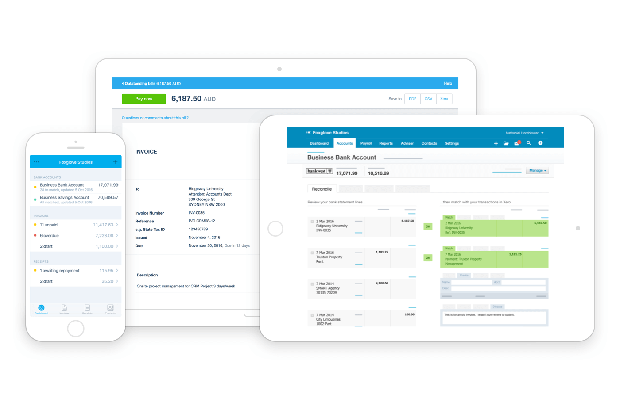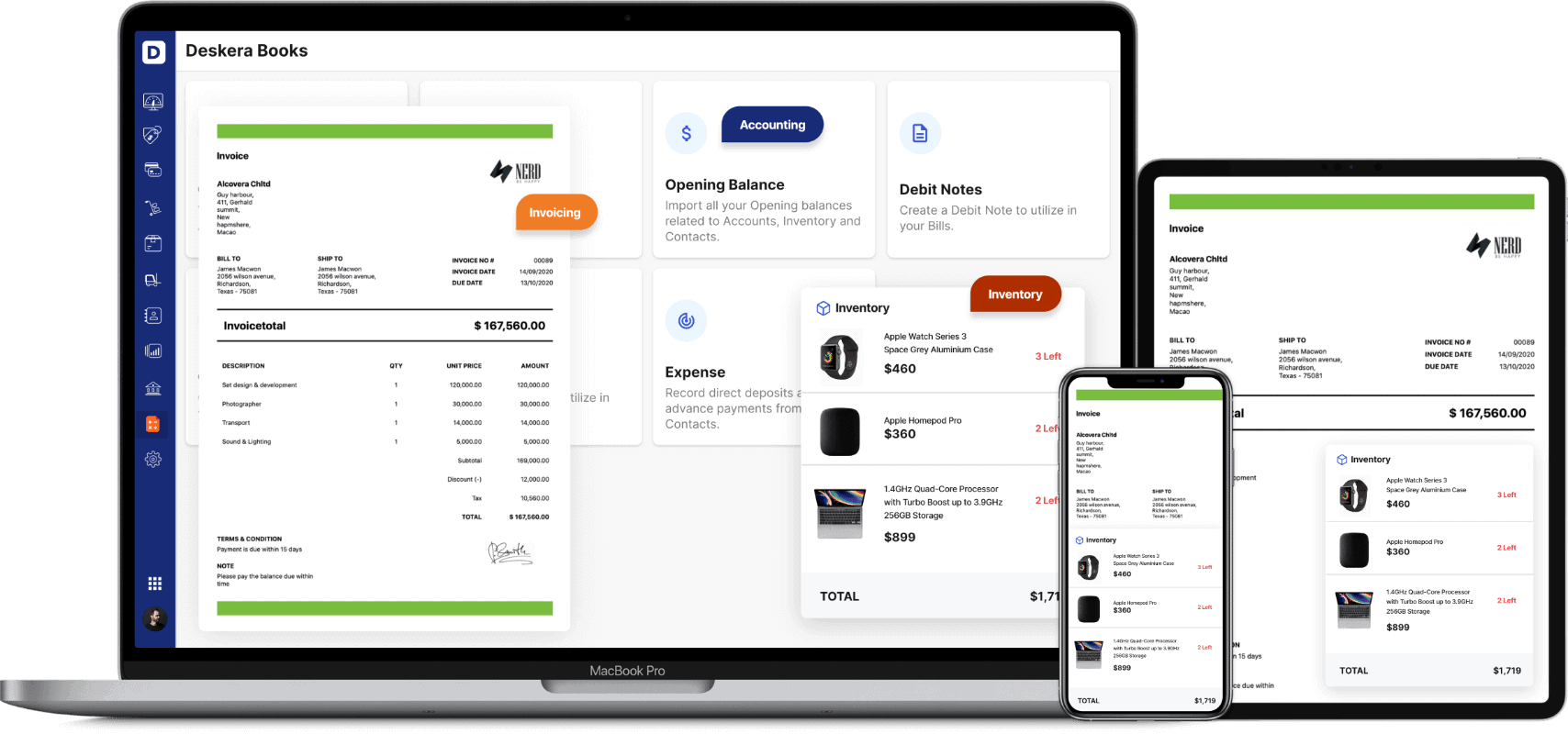

Small businesses continue on the path of automation: In an attempt to reduce paperwork and minimise human errors, small businesses are looking for new ways to automate their accounting functions.

Buyers should evaluate integration capabilities before making a purchase decision. Integration with HR or specialised payroll software allows users to pull the information related to the payroll-related costs. For example, integration with customer relationship management (CRM) software automatically pulls transactional records after a payment is received from the client. Third-party integrations: Accounting software cannot work in isolation: it needs an ecosystem of other business applications.Small business should ensure that their solution adheres to the necessary security standards, such as Extended Validation (EV) SSL and 256-bit Encryption. That's why security should be a prime consideration when selecting accounting software. Data security: An accounting system handles sensitive client and financial information, which makes them a target for hackers.What should you consider when purchasing accounting software? Project accounting: Tracks different accounting attributes for a client-facing project, such as incurred costs, expenses, billable hours, and client payments.Most products allow users to submit expenses by uploading bills from a mobile app. Expense tracking: Records the total expenses incurred in a business.Billing and invoicing: Creates invoices based on customer records, prints and sends them to the customers, and records the information in the accounting system.It also summarises assets, equity, expense, and revenue information for each account. General ledger: Lists the accounts payable and accounts receivable information in a table.These reports include sales reports, AP/AR, and cash flow analysis. Financial reporting: Provides a graphical representation of data in accounting systems.Bank reconciliation: Matches "credits" and "debits" in an account to help businesses spot and correct discrepancies and missing entries in a record.This information is reflected automatically on the general ledger. Accounts receivable (AR): Tracks customer credits related to payments and purchases.The transaction information is reflected in the accounts payable and general ledger tables. Accounts payable (AP): Automates invoice capture, approval management, and authorisation processes.What are the features of accounting software?
#Bookkeeping software australia free
Accounting software uses the financial and accounts information stored in the system, thereby making this process easier and free from human errors. Small businesses need to make sure that all their tax forms are submitted on time in order to avoid penalties due to delayed filings. Easier tax compliance: Tax management for small businesses also involves a lot of documentation and paperwork.Moreover, accounting software ensures that there is no error in calculations or discrepancy in records. By digitising financial paperwork, accounting programmes help small businesses reduce the time it takes to process financial transactions such as expense management, accounts payable, and accounts receivable.
#Bookkeeping software australia manual


 0 kommentar(er)
0 kommentar(er)
